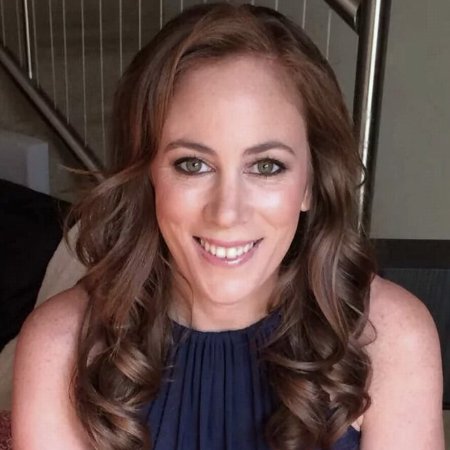How online search paid off for brands on Valentine’s Day
In this guest post, Alice Almeida from Hitwise shares insights into consumers’ online search habits on Valentine’s Day to reveal how brands can use search data to boost ROI.
Valentine’s Day is the second biggest dining day of the year (according to restaurant booking site, Dimmi) behind Mother’s Day.
A day when the stress to display your affection means spending money on visible displays of love such as roses, jewellery, dinner and gifts. But the 6:00pm panic doesn’t exist only at the florists; there is panic online too…
Hitwise has the ability to look at search terms by the hour in order to create a fascinating picture of what really goes on online – and people’s minds – on the most romantic day of the year.



Nothing says ‘i spent 5 minutes on this’ quite like a default Excel chart
@this just in. paid search works
Firstly, I didn’t actually state that it was ‘paid’ search as your very clever anonymous name suggests. In fact, many of the top 10 search terms for Valentines day had organic traffic (that means not paid) so plenty of opportunities for brands to jump on those terms.
Secondly, why the Excel hate? Have I missed the anti-Excel chart movement? I deeply apologise for any offense caused…
This is all good and well, but there is an inherent issue of the data in which it isn’t representative of everyone…
You’re also providing analytics on something that has already happened, as a marketer, you’re not guiding me on what to do next!
Sure, you’ve given me an idea to try out for next year but there’s nothing predictive or particularly advanced about this.
Hope you all had a lovely valentines day